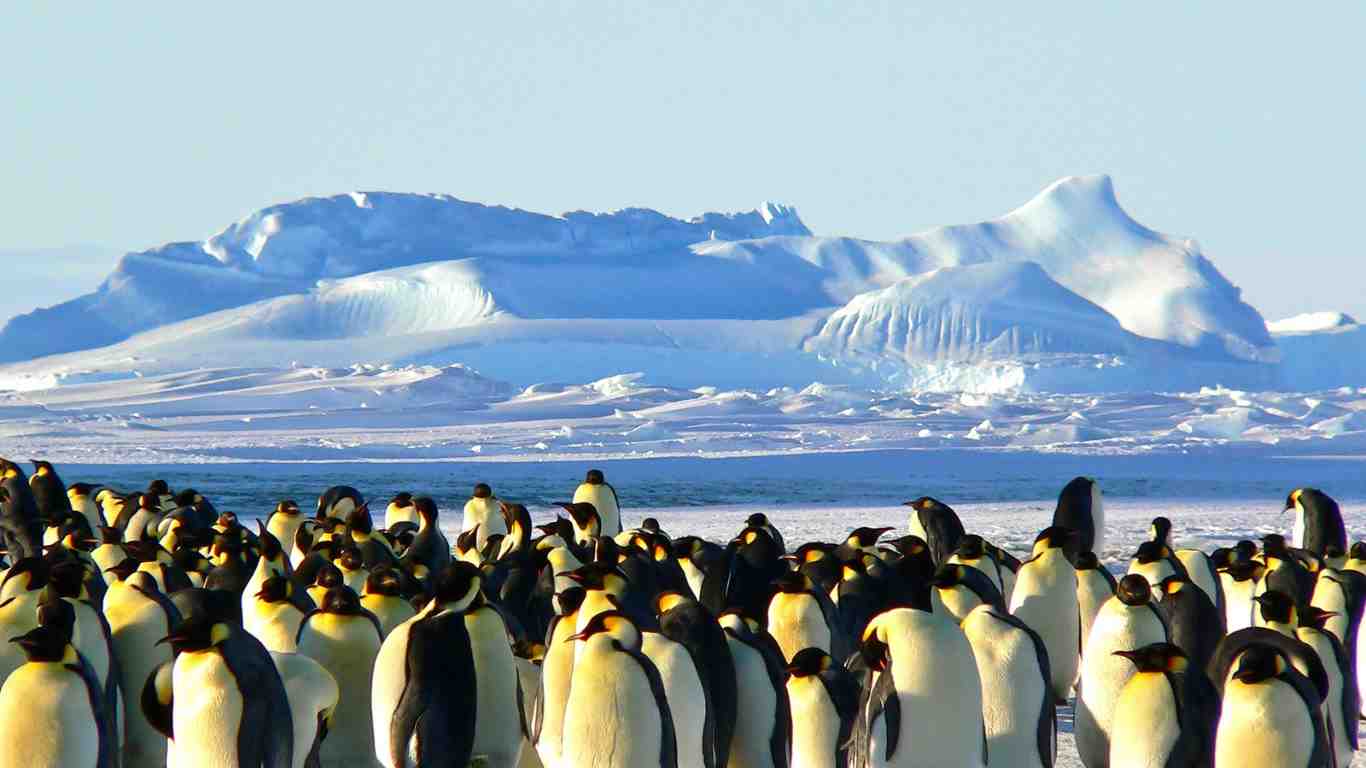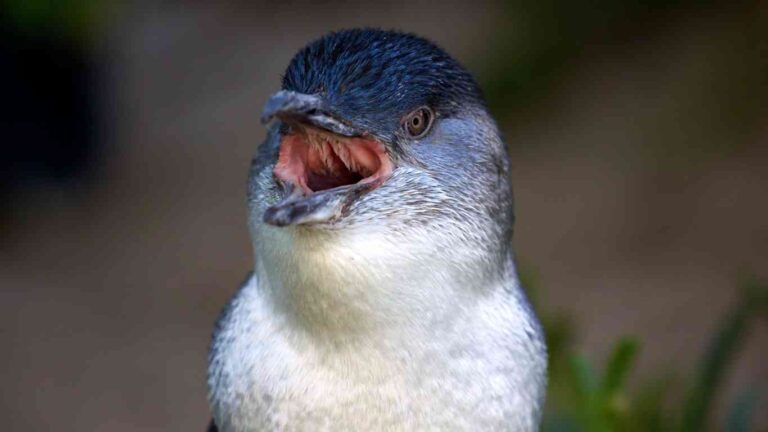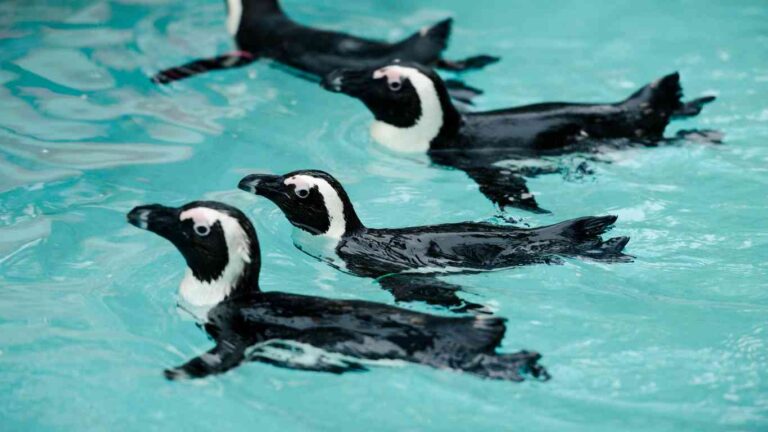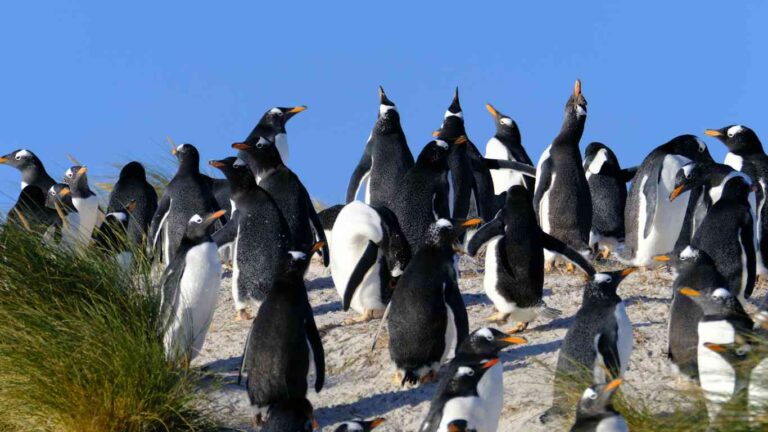What Kind of Birds Are Penguins?
Penguins are a group of aquatic, flightless birds that mainly live in the Southern Hemisphere. Although often associated with Antarctica, they are also found in various other coastal regions.
These birds are notable for their distinctive black and white coloration, which serves as camouflage while they are swimming. Penguins spend up to 75% of their lives in water, showcasing remarkable adaptations for aquatic life.
What Kind of Birds Are Penguins?
Penguins are a unique group of aquatic, flightless birds predominantly living in the Southern Hemisphere, particularly in Antarctica.
Highly adapted for life in the water, penguins have countershaded dark and white plumage, and their wings have evolved into flippers.
There are several characteristics that make penguins different from other bird species, helping them thrive in their harsh environments, from the frigid waters of Antarctica to more temperate regions.
Penguin Classification
Class Aves consists of birds, which are characterized by features such as feathers, beaks, and egg-laying. Penguins, despite their inability to fly, are categorized within Class Aves due to these shared characteristics.
Their classification as birds is supported by their anatomy and behavior, which align with the defining qualities of the class.
Penguins are also part of the Spheniscidae family within the Sphenisciformes order, setting them apart from other birds due to their unique physical features, behaviors, and physiology.
Penguins are divided into several species that can be grouped based on common characteristics, such as the Emperor, King, Adélie, and Chinstrap Penguins, each sharing traits, body sizes, and preferred environments.
Physical Characteristics of Penguin
Penguins are adapted to aquatic life with a streamlined body shape for efficient swimming and reduced drag.
They have waterproof feathers that provide insulation and help maintain warmth in cold waters, with an additional insulating air layer above the skin.
Their coloration, featuring black backs and white bellies, offers camouflage through countershading.
Their undersides match the bright water surface when seen from below, and their dark tops blend with the ocean depths when viewed from above, protecting them from predators.
Behavioral Characteristics of Penguin
Penguins are excellent swimmers, utilizing their flippers to propel themselves and their feet to steer. They are skilled hunters, diving deep to catch prey like fish, krill, and squid, with their quickness and maneuverability.
Additionally, penguins are sociable, tending to nest and hunt in groups, offering safety from predators and facilitating group cohesion during mating periods.
Physiological Traits of Penguin
Penguins maintain their body temperature by controlling the blood flow to their flippers and changing their body positions to prevent overheating on land.
They have adaptations for diving, including flexible rib cages and oxygen-rich blood, to handle high-pressure underwater conditions.
Penguins as Flightless Birds
The ability to fly is not a defining trait of birds because some bird species, like penguins, are flightless yet still fit within the avian classification.
Penguins are considered birds due to shared characteristics with other birds, such as feathers, laying eggs, and having a beak.
They are similar to other flightless birds in that they have adapted to environments where flight is not advantageous, but they still retain key bird features and behaviors.
Final Thoughts
While penguins are grouped with birds due to features like feathers, laying eggs, and being warm-blooded, their adaptations for marine life set them apart as remarkable members of the avian world.
Understanding penguins and their way of life sheds light on the vast web of life in Earth’s ecosystems, reminding us once again of nature’s complexity and beauty.
(Featured image from PxHere)







